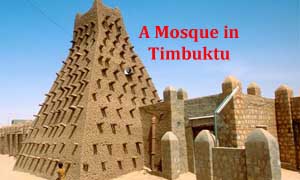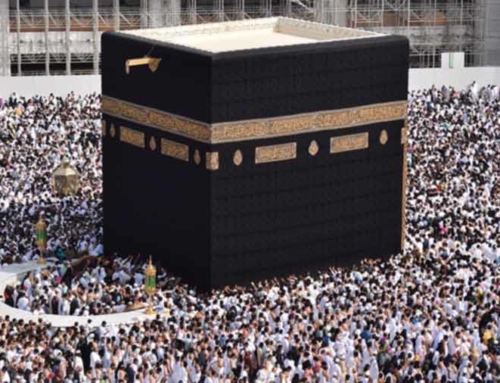Timbuktu: Fact or Fiction?
Timbuktu has long captured popular imagination as a legendary city. The fact that it actually exists still surprises some people who have merely pictured it as a mysterious or mythical place. In reality, Timbuktu became renowned for its riches and scholarship after it was permanently settled by the Muslims.
Timbuktu is located in the West African nation Mali. From the 12th through the 17th centuries, Timbuktu fostered a reputation of an intellectual and spiritual capital even as it thrived as a trading outpost. The town experienced a Golden Age in the 15th and 16th centuries.
[Learn more: A Shared Golden Age]
Timbuktu: A Legacy of Written Scholarship
Home to the Sankore University and many schools, Timbuktu contributed a legacy of written scholarship which has survived through the centuries. Sankore University developed out of the Sankore Mosque, financed by a wealthy lady in the 10th century. 1001 Inventions: Muslim Heritage in Our World states that by the late 12th century, “student numbers were at twenty-five thousand, an enormous amount in a city of a hundred thousand people.” [Click here to read about historic universities in Baghdad.]
The nearby gold mines and salt ranges spurred trade, resulting in an economic boom.
At the same time, Timbuktu’s devotion to scholarship also attracted scholars and thinkers to live in Timbuktu in the 13th and 14th centuries. Subsequently, thousands of manuscripts were written and passed on through generations who safeguarded them in cellars, hid them between mud-walls in mosques, and bequeathed them in treasure chests.
These manuscripts are currently being collected and housed in various libraries in Timbuktu, aiming to preserve this very real legacy of the city’s magnificent times.
A UNESCO World Heritage Site, Timbuktu has since fallen on hard times even though it remains a tourist attraction.








